"I march to a different drummer
My life it is my own
I'm an explorer of experience
That is how I'm known."
— Roger Turner
WANDERERS OF LANDS
The Banjara, also known as Lambadas, are more than just a nomadic tribe from Rajasthan—they are the heartbeat of a vibrant cultural legacy that pulses through their colorful attire, intricate jewelry, and, most importantly, their stunning embroidery.


For centuries, these resilient women have passed down their craft from mother to daughter, each stitch carrying the weight of history, tradition, and love.
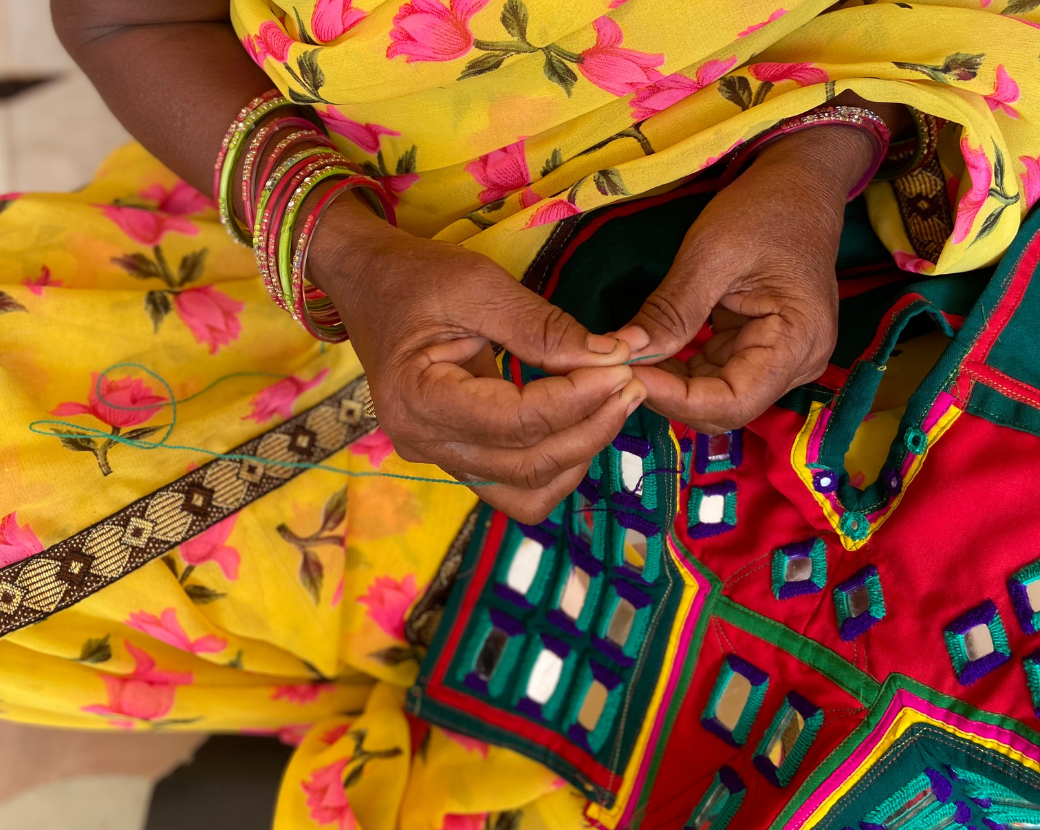
The Banjaras’ connection to their craft is as deep as their connection to the land, and their hands tell stories that words cannot.

Stitches are inspired by local flora and fauna. Cowrie shells, hammered silver jewelry and rustic cotton threads that embellish the Banjara soul are a window into their rugged lives.
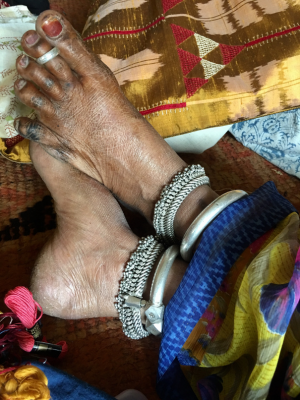

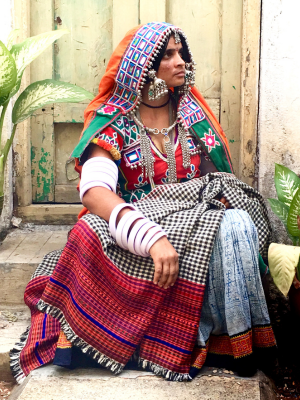
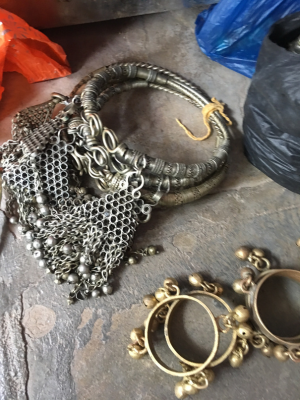

The Banjara people, also known as Lambadas, are a nomadic tribe from India with a fascinating connection to Europe. Many believe they hold the key to the ancestry of the Roma, commonly known as European Gypsies. This connection is evident in both cultural practices and genetic makeup. Evidence suggests the Roma originated in northwestern India, migrating as a group.
Historians propose their ancestors traveled through Iran, Armenia, and Turkey before gradually spreading across Europe from the 9th century onwards. The Romany language, linked to Sanskrit and with roots in Hindi, further supports this theory. Linguists believe it hints at a migration path through the Middle East into Southeastern Europe.

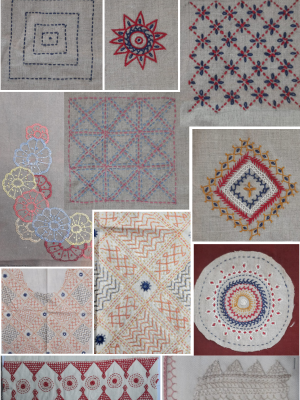
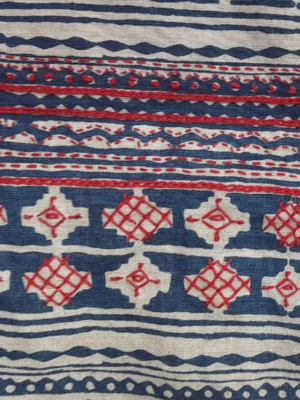
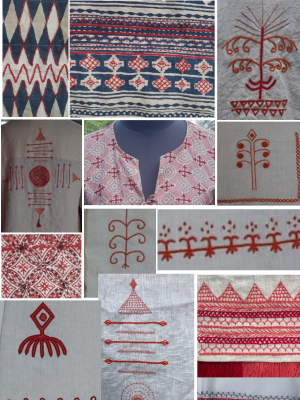
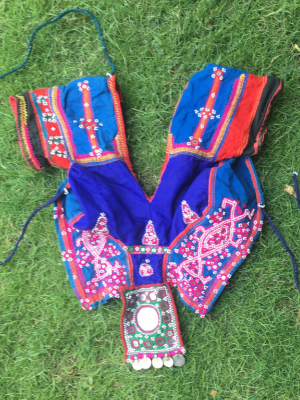
The Banjara themselves boast a rich history dating back thousands of years, originating in Rajasthan. Traditionally, they were traders, cattle breeders, and key players in the Indian economy. Their nomadic lifestyle gave rise to a unique culture, vibrantly expressed through clothing and folk arts. Interestingly, they're not alone – the Bhopa, Domba, and Kalbelia communities also share this nomadic heritage, earning them the collective nickname of "India's Gypsies."
The connection between Banjara and Roma hasn't gone unnoticed. Scholars from both India and Europe have uncovered compelling genetic and cultural evidence. This shared heritage is increasingly recognized by both communities themselves, fostering a sense of shared identity and a desire for connection.
As D. B. Naik observes, these parallels between the Banjara Lambanis and the Romany are particularly striking.
Empowering Tradition: A Collaboration with Banjara Women
Our journey began with a mission to revive the exquisite embroidery adorning the vibrant costumes of the Banjara tribe. Traditionally, these skills are passed down through generations, with women meticulously crafting garments for themselves, their daughters, and future weddings. Their colorful attire reflects their rich heritage, often incorporating stunning silver and bone jewelry. Notably, their nomadic lifestyle means they wear many of their valuables, contributing to the elaborate and striking aesthetic.
Alamwar collaborates with craft clusters near Hyderabad, Telangana, where the Banjara establish "Thandas" – self-contained communities outside villages or towns with their own leadership structures. We've been fortunate to expand our work with these skilled artisans. Banjara women visit our workshops, co-creating new designs and prototypes that they share with their wider community of 300 embroiderers.
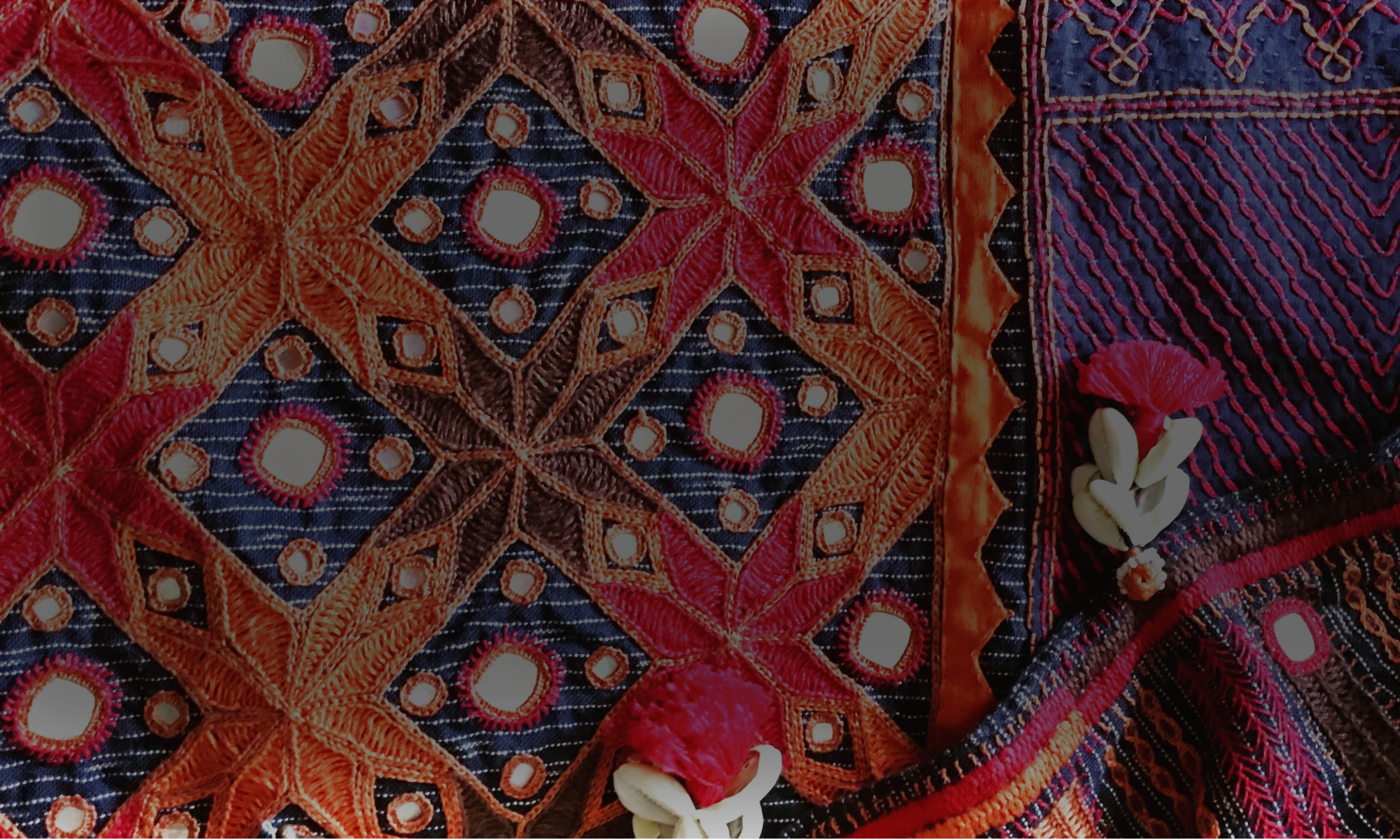
Celebrating a Shared Journey
Our collections seamlessly blend our archival block prints with the Banjara's hand embroidery, resulting in unique, small-batch, handcrafted home goods and fashion pieces. Our collaboration with companies and co orporations has enabled us to position the work of the Banjara artisans to have a wider reach.
The Future: A Tapestry Yet to Be Woven
Our work with the Banjara women is far from finished. There are still many stories to be told, many faces to be lit up with smiles as we continue this journey together. It’s a journey of empowerment, of cultural preservation, and of shared joy.
As we move forward, we carry with us the lessons learned from these incredible women—the importance of resilience, the power of community, and the beauty of a craft that connects us all. We are not just preserving a tradition; we are helping it thrive, ensuring that the vibrant colors of the Banjara culture will continue to brighten the world for generations to come.
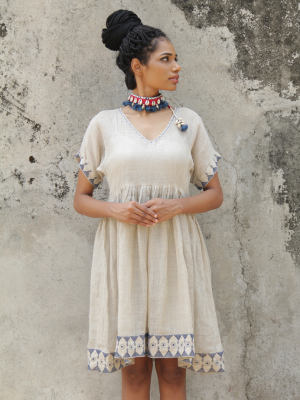
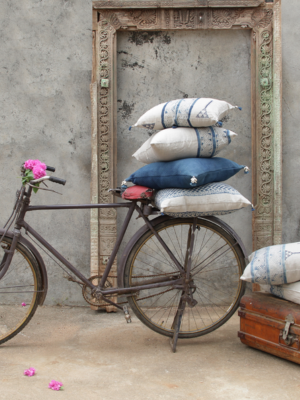
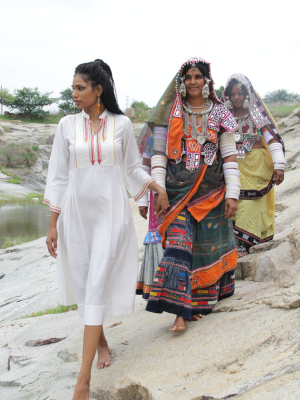

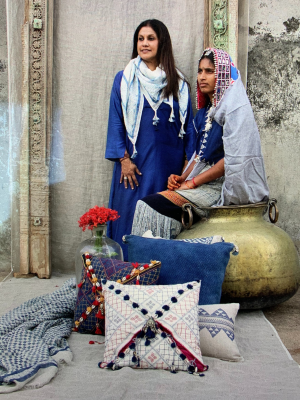
Photo credits (First 4 photos on this page): Cocoa & Jasmine





